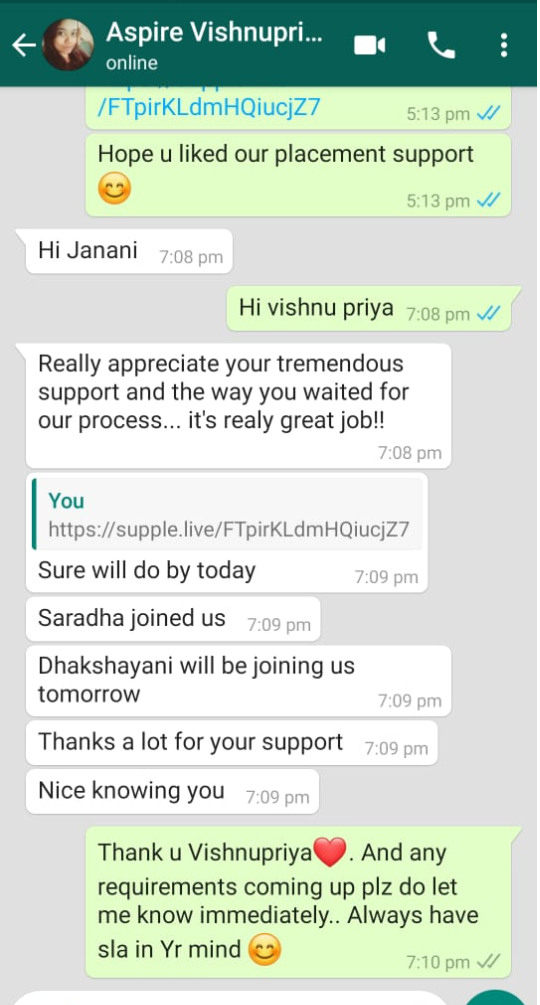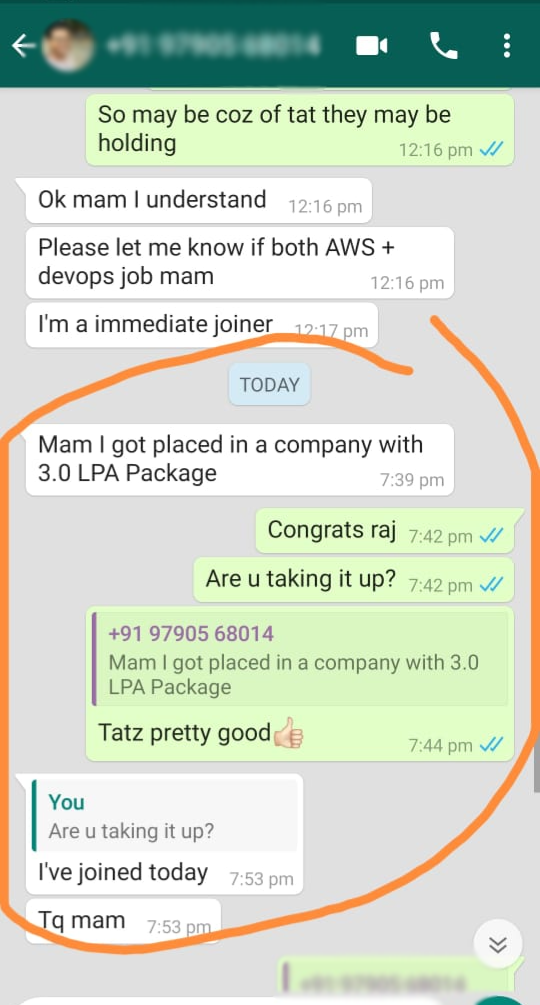Training Pattern Details
Get trained through an industry-aligned Full Stack Developer curriculum, covering essential frontend and backend technologies, cloud deployment, DevOps, and modern application architecture used by top tech companies.
Recorded Sessions & Notes:
Receive class recordings and detailed session notes after every class, so you can review anytime and never miss a concept—perfect for self-paced revision.- Hands-on Exercises & Projects:
Work on real-world coding exercises and full-scale application projects both during sessions and as homework. Build the confidence to develop and deploy complete applications independently. - Comprehensive Study Materials:
Get access to topic-wise notes, e-books, reference guides, and documentation—available in both soft copy and hard copy formats for deep technical understanding and interview preparation. - Career Preparation & Support:
Prepare for job roles with mock interviews, resume workshops, and expert mentorship focused on launching your career as a Full Stack Developer—from junior to senior roles. - End-to-End Project Exposure:
Gain hands-on experience in building production-ready applications, covering everything from UI/UX design and API integration to deployment, CI/CD, cloud hosting, and ongoing maintenance.



































































